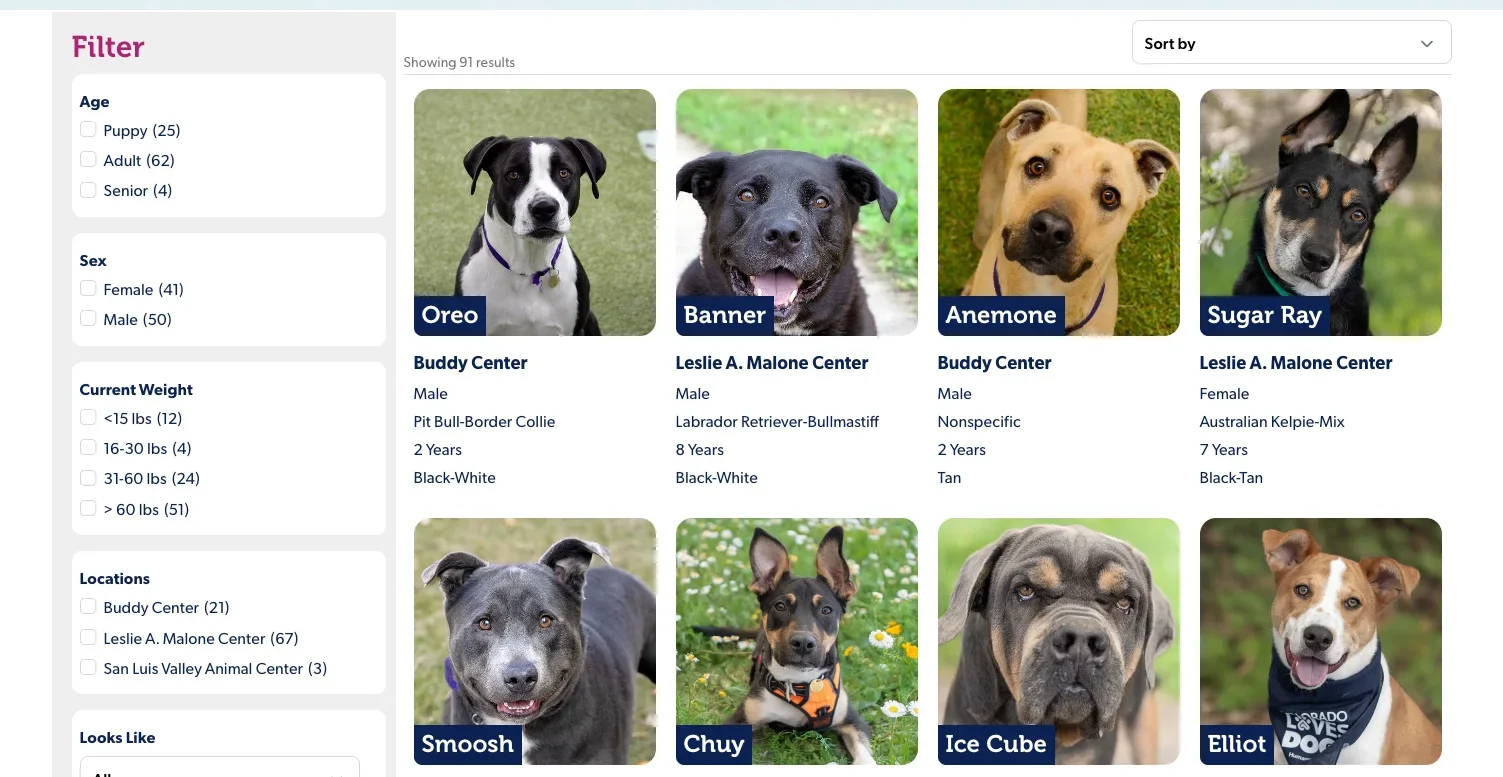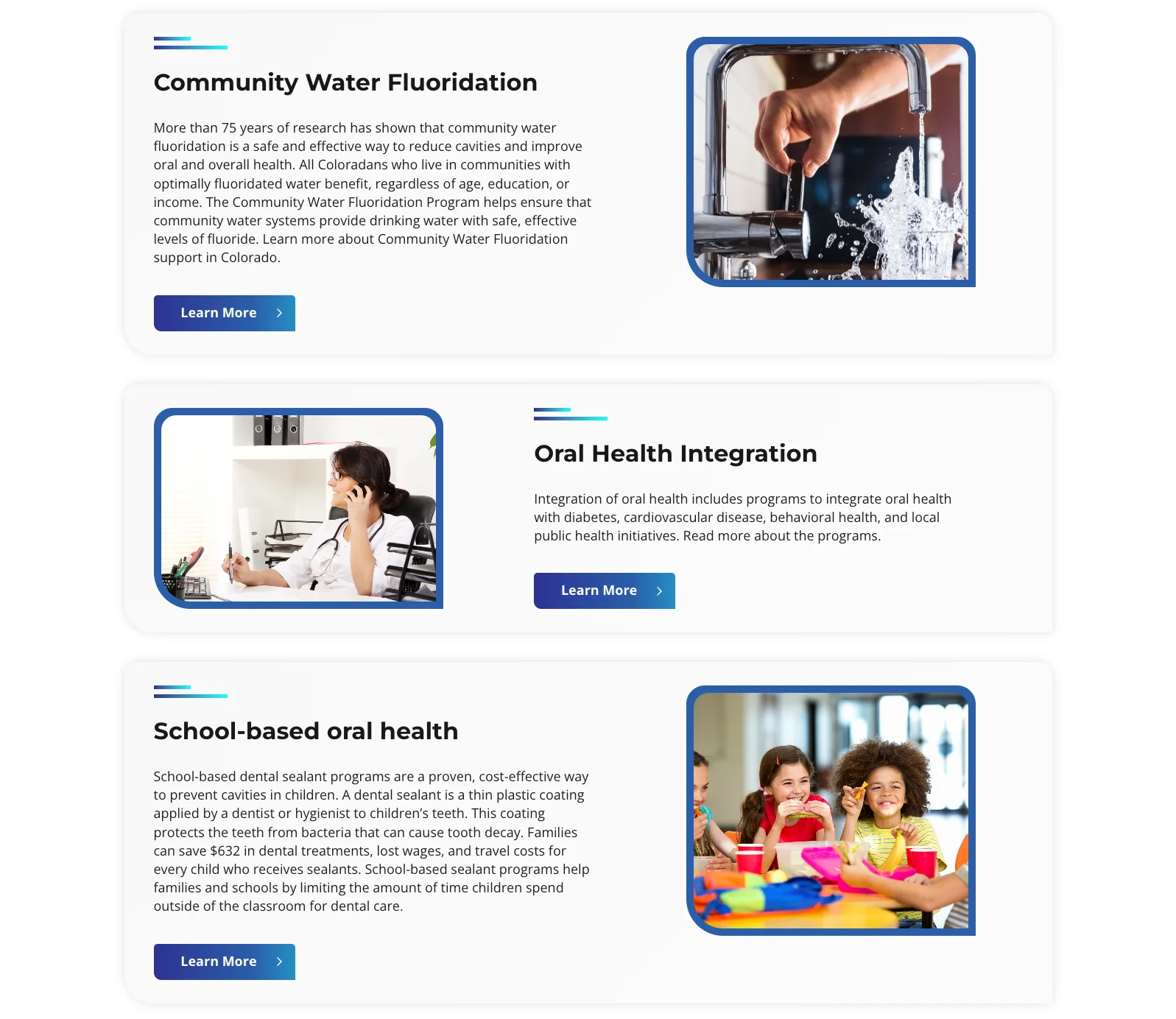Beyond the Checkbox: Why Inclusive Web Design is the Future
Web accessibility is no longer a buzzword, but a fundamental right.
Meeting basic compliance standards is crucial, but it’s just the first step. To truly thrive in the digital age, websites need to embrace inclusive design, creating experiences that benefit everyone, regardless of ability.
From Compliance to Inclusion:
Imagine a website as a building. Basic accessibility is like adding ramps and elevators – essential for wheelchair users, but not necessarily improving the experience for everyone. Inclusive design, on the other hand, is like building a ramp-free, single-story structure with wide doorways and clear signage. It benefits everyone, from parents with strollers to senior citizens with mobility issues.

The Benefits of Going Beyond Basic Accessibility
-
Reach a Wider Audience:
- Over 1 billion people worldwide have a disability, representing a vast untapped market. By embracing inclusive design & digital accessibility, you open your doors to a diverse range of users, boosting engagement and loyalty.
-
Enhance User Experience for Everyone:
- Design principles like clear navigation, keyboard accessibility, and screen reader compatibility benefit all users, not just those with disabilities.
- Inclusive websites are often simpler, cleaner, and more intuitive, leading to higher conversion rates and improved brand perception.
-
Stay Ahead of the Curve:
- Accessibility regulations are constantly evolving, and proactive companies are already embracing inclusive design as a competitive advantage.
-
Boost Search Engine Optimization (SEO):
- Many accessibility features, like semantic markup and alt text, improve search engine ranking, benefiting everyone.
-
Reduce Costs and Risks:
- Addressing accessibility issues early on avoids costly retrofits and potential lawsuits.

Practical Steps for Inclusive Design
-
Empathy and User Research:
- The first step is understanding the needs and challenges of diverse users. Conduct user research with people with disabilities to gain valuable insights.
-
Focus on Usability:
- Prioritize clear navigation, keyboard accessibility, and screen reader compatibility. Use alt text for images,descriptive headings, and logical page structure.
-
Embrace Assistive Technologies:
- Ensure your website works seamlessly with screen readers, voice assistants, and other assistive technologies.
-
Accessibility Testing and Tools:
- Regularly perform accessibility audits on your website and digital products using both automated tools and manual evaluation.
-
Continuous Improvement:
- Accessibility is an ongoing journey. Stay informed about evolving regulations and best practices, and make inclusivity a core value throughout your organization.

Inclusive Design is Good for Business
nvesting in inclusive design is not just the right thing to do, it’s also a smart business decision. It leads to a larger audience, higher engagement, better brand image, and reduced costs. In today’s competitive digital landscape, embracing inclusivity is no longer optional, it’s a necessity for sustainable growth.
Remember:
- Accessibility is not a one-time fix; it’s a continuous process.
- Start small and build upon your successes.
- Seek help from accessibility experts if needed – contact us for your Accessibly needs
- Celebrate your achievements and share your journey to inspire others.
By moving beyond basic compliance and embracing inclusive design, you can create websites that are not just accessible, but truly human-centered. This is the future of web design, and the sooner we embrace it, the better.
Let’s work together to build a digital world that is inclusive and accessible for all.
Additional Resources:
- W3C Web Accessibility Initiative (WAI): https://www.w3.org/WAI/
- WebAIM: https://webaim.org/
- The Paciello Group: https://www.tpgi.com/
- A11Y Project: https://www.a11yproject.com/
